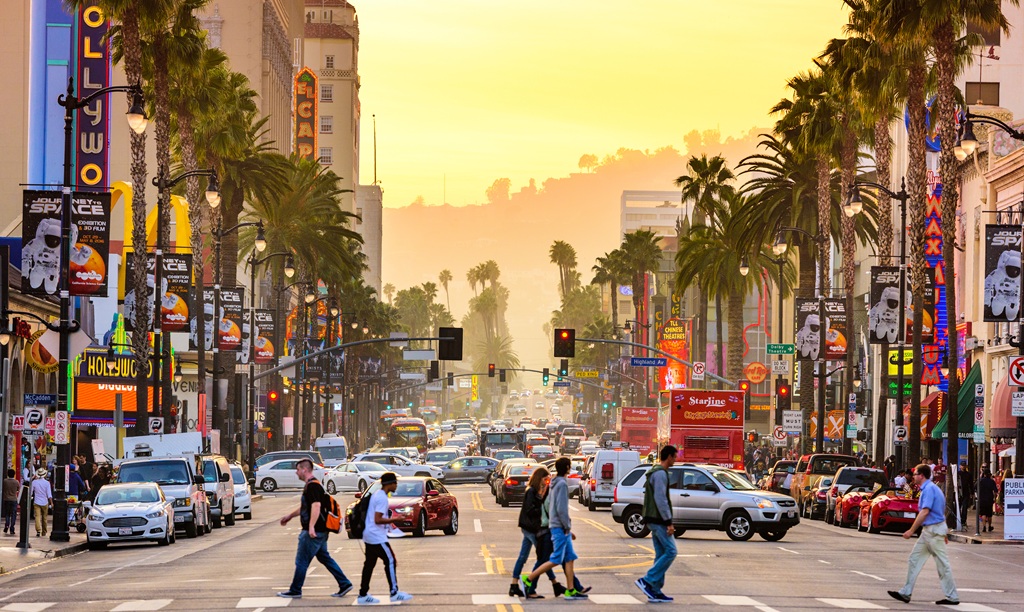Immigrants have long been key to population growth in the United States. Between 2018 and 2023, they were responsible for 42.1% of population growth in America’s 100 largest metro areas. In particular, 91.7% of population growth in metro Seattle, 83.7% in metro Scranton, PA, 82.1% in metro New York, and 76.9% in metro Poughkeepsie, NY was attributable to increase in their immigrant population.
In these 100 largest metro areas, at least 1 in every 6 residents was an immigrant in 2023, according to the newly released data from the American Immigration Council’s Map the Impact. These figures highlight the vital role immigrants play in reshaping metro areas across the country by sustaining the workforce in key industries, and powering technological innovation. While much of the increases are concentrated in these hubs, the benefits of their growth extend far beyond the metro regions.
Population Trends in U.S. Metro Areas
Immigrants are a stabilizing force in areas with shrinking populations. About one-fifth of the top 100 metro areas saw their U.S.-born population decline between 2018 to 2023. Among these metro areas, 85% experienced growth in their immigrant population.
In some metro areas, immigrants fully offset population decline. For example, without the 19.4% increase in the immigrant population between 2018 and 2023, Baltimore would have suffered a total population loss of 0.9%.
Metro Areas Where Immigrants Reversed Population Decline Between 2018 and 2023
| Metro Area | Percent Change in Immigrant Population | Percent Change in Total Population
|
Percent Change in Total Population Without Growth in Immigrant Population |
| Baltimore | 19.4% | 1.1% | -0.9% |
| Detroit | 7.2% | 0.4% | -0.3% |
| Syracuse, NY | 5.4% | 0.1% | -0.3% |
| Inland Empire, CA | 6.9% | 1.4% | -0.1% |
The metro areas with the highest growth rates of their immigrant population—over 35% increase during this five-year period—were Lakeland, FL (57.6%); Baton Rouge, LA (41.7%); Knoxville, TN (38.8%); Raleigh, NC (38.6%); and Indianapolis, IN (37.8%), which all had smaller than average immigrant populations in 2018.
Immigrants Sustaining Vital Industries
In 2023, a total of 76.9% of immigrants were of working age (16-64), compared to 61.4% of U.S.-born residents. The number of Americans over the age of 65 is expected to reach 80 million by 2040. Immigrants not only fill job openings left by U.S.-born workers retiring from the labor force, but they are also overrepresented in roles that are critical to caring for an aging population.
While there is projected to be a shortage of approximately 143,200 registered nurses across metropolitan areas in the United States by 2037, immigrants are already playing a disproportionate role in filling these gaps. Immigrants made up 20.7% of nurses working in the country’s 100 largest metros areas in 2023. In some metro areas, this share was even higher with immigrants making up more than one in three nurses. At least half of all health aides in the Miami, San Jose, New York, San Francisco, Los Angeles, Washington D.C., and Seattle metro areas were immigrants.
Immigrants Powering Local Economies
Across the 100 largest metro areas, immigrants consistently show high levels of labor force participation. Immigrants made up 22% of the labor force in the top 100 metro areas in 2023—higher than their 18.1% share of the population. Their employment rate was 96.1%.
Immigrant-led households contributed over $577.4 billion in taxes in 2023, including $373.1 billion in federal and $204.3 billion in state and local taxes, leaving them with $1.5 trillion in spending power—money that could be spent on local businesses and services. These figures underscore the essential role immigrants play—not just as workers, but as taxpayers and consumers who help sustain local economies.
Entrepreneurship and Innovation
Immigrants’ economic impact also extends into entrepreneurship. In 2023, 29.8% of business owners in the top 100 metro areas were immigrants, generating $98.2 billion in business income. In the McAllen, Texas; Miami; and San Jose metro areas, over half of all business owners were immigrants.
Immigrants also play an outsized role in maintaining the United States’ role as a center for innovation and technological breakthrough. Nationally, 23.6% of science, technology, engineering, and math (STEM) workers were immigrants. In the cities known for being centers for technological innovation, this share was even higher, with 67.4% of STEM workers being immigrants in San Jose and 49.7% in San Francisco.
Immigrants’ impact varies by region, shaped by local industries, demographics, and policy environments. But one trend is clear: immigrants are increasingly vital to U.S. metro areas. As federal policies threaten to upend immigrant lives, it’s more important than ever to recognize and support the contributions of immigrants in our cities and communities.
FILED UNDER: population growth


